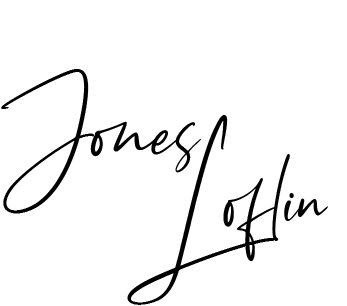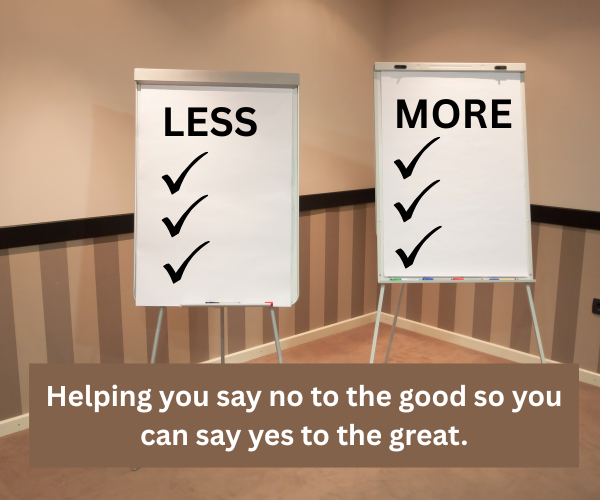Have You Optimized Your Day Into Oblivion?
“If I could just stop time for a moment…”
It’s a phrase we’ve all thought—whether it’s in the middle of a chaotic day or when we finally stumble upon a quiet moment we wish would last longer. Of course, we know we can’t actually stop time. And truthfully, we can’t really save time either.
But what we can do is recover space in our day—by delegating more, building better routines, or simply letting go of tasks that don’t truly matter.
In one of my presentations, I ask participants to imagine they’ve just recovered 30 minutes in their day. Then I ask, “What are you going to do with that recovered time?”
You’d think the room would brighten with a flurry of light bulb moments and energized ideas.
Instead, I often hear something like, “I guess I’d just work more.”
That’s when I know I’ve hit a nerve.
We’ve become so obsessed with productivity hacks and squeezing more into each day that we’ve forgotten the original point: to create more space for what truly nourishes us and helps us be at our best. We end up more efficient…but not necessarily more fulfilled.
If that sounds familiar—if you’ve optimized your day into oblivion and you’re feeling more robotic than human—it might be time to rethink your relationship with time.
Here’s a simple 3-step process I encourage you to try.
1. List Your “Wow” Moments
In a powerful article for Fast Company, writer Stephanie Vozza encourages us to make a list of “wow” moments—those little things that make us feel alive, connected, or joyful. They aren’t grand events; they’re the small-but-mighty moments that light us up.
Break them into time blocks—15 minutes, 30 minutes, an hour. A short walk. A phone call with a friend. Time with a book that inspires you.
2. Make a Less-More Chart
Grab a sheet of paper. Draw a line down the middle. On one side, list the tasks and activities you could spend less time on. On the other, write what you want to spend more time doing.
Ask yourself. “If I spent less time on this... what could I do more of that actually excites me?”
This chart becomes your personal productivity compass—helping you say no to the good so you can say yes to the great.
3. Let Your ‘Why’ Drive Your Productivity
Once you're clear on what really matters to you, time-saving strategies take on a whole new purpose. You’re no longer just trying to be faster—you’re creating space for the things that bring you joy, connection, and energy.
And that’s when real motivation kicks in.
Don’t let your quest for efficiency steal the joy and connection from your day.
You don’t need to stop time. You just need to use it better.






